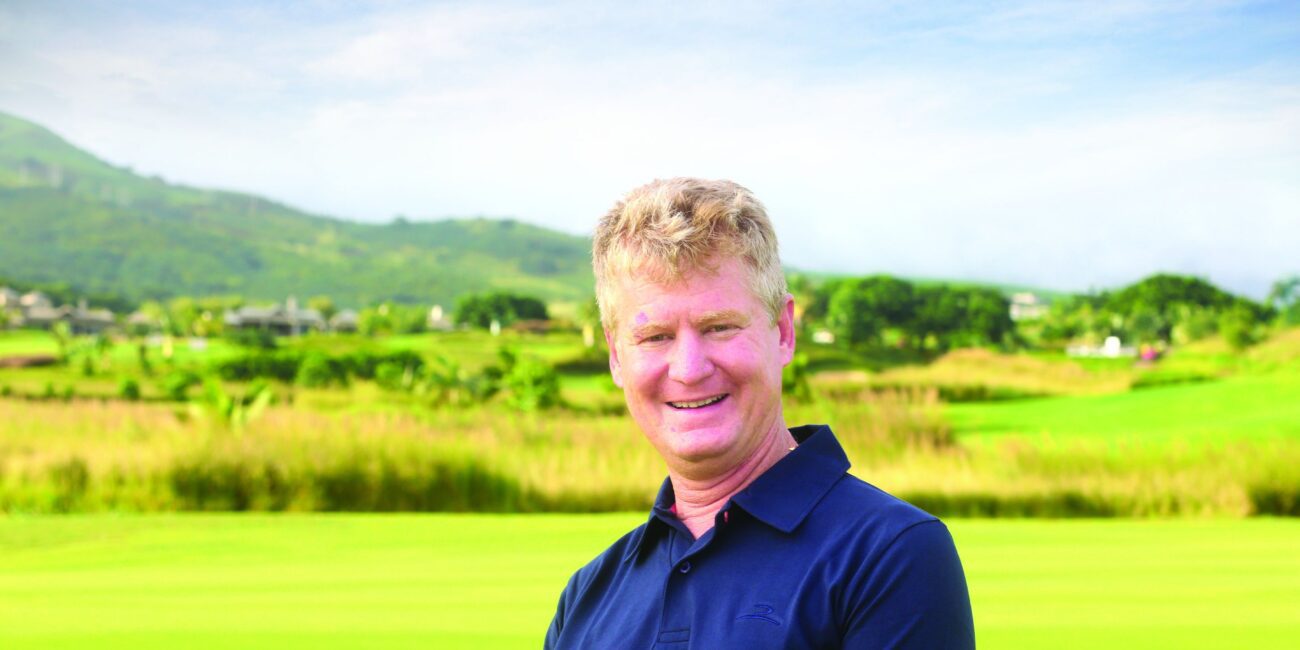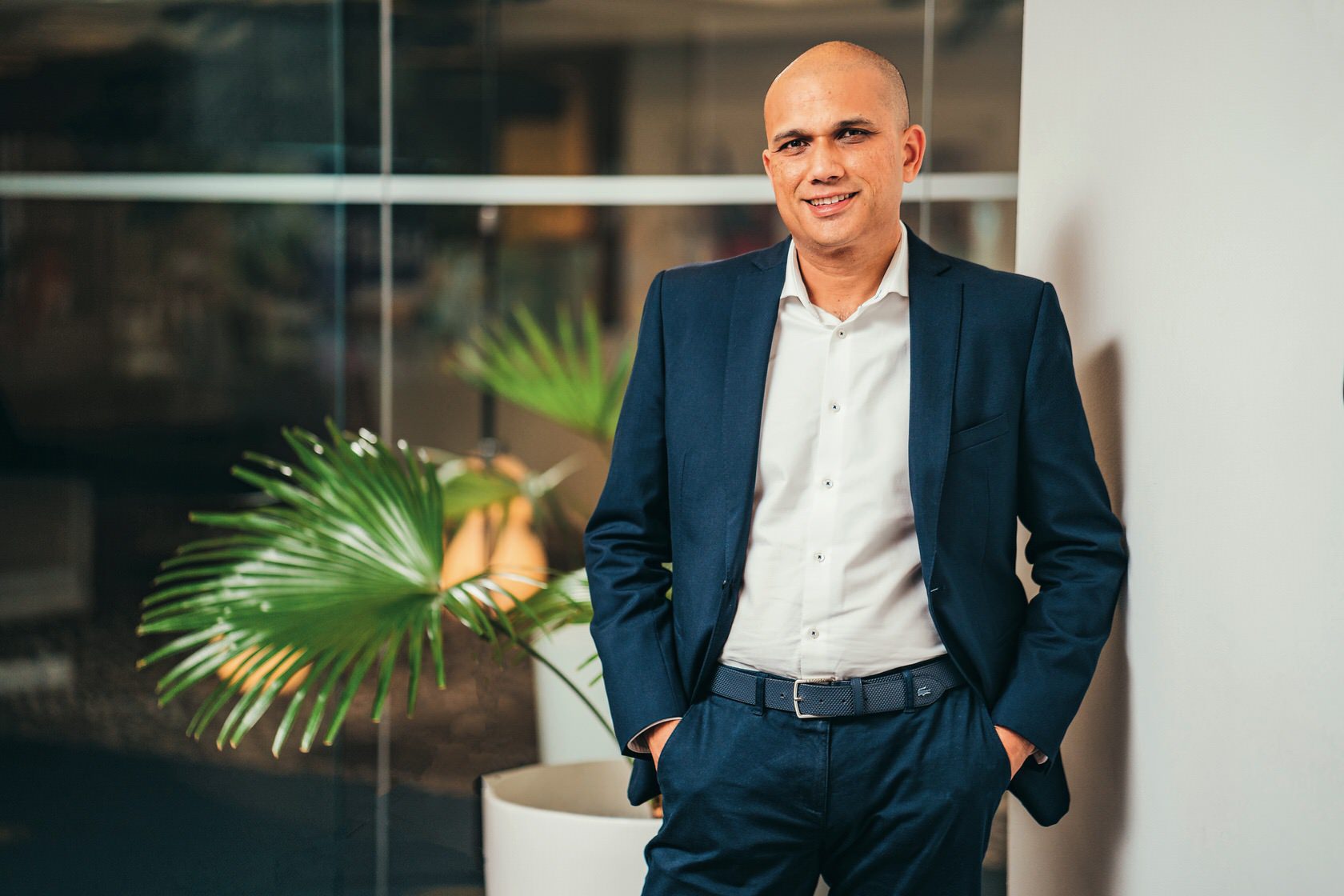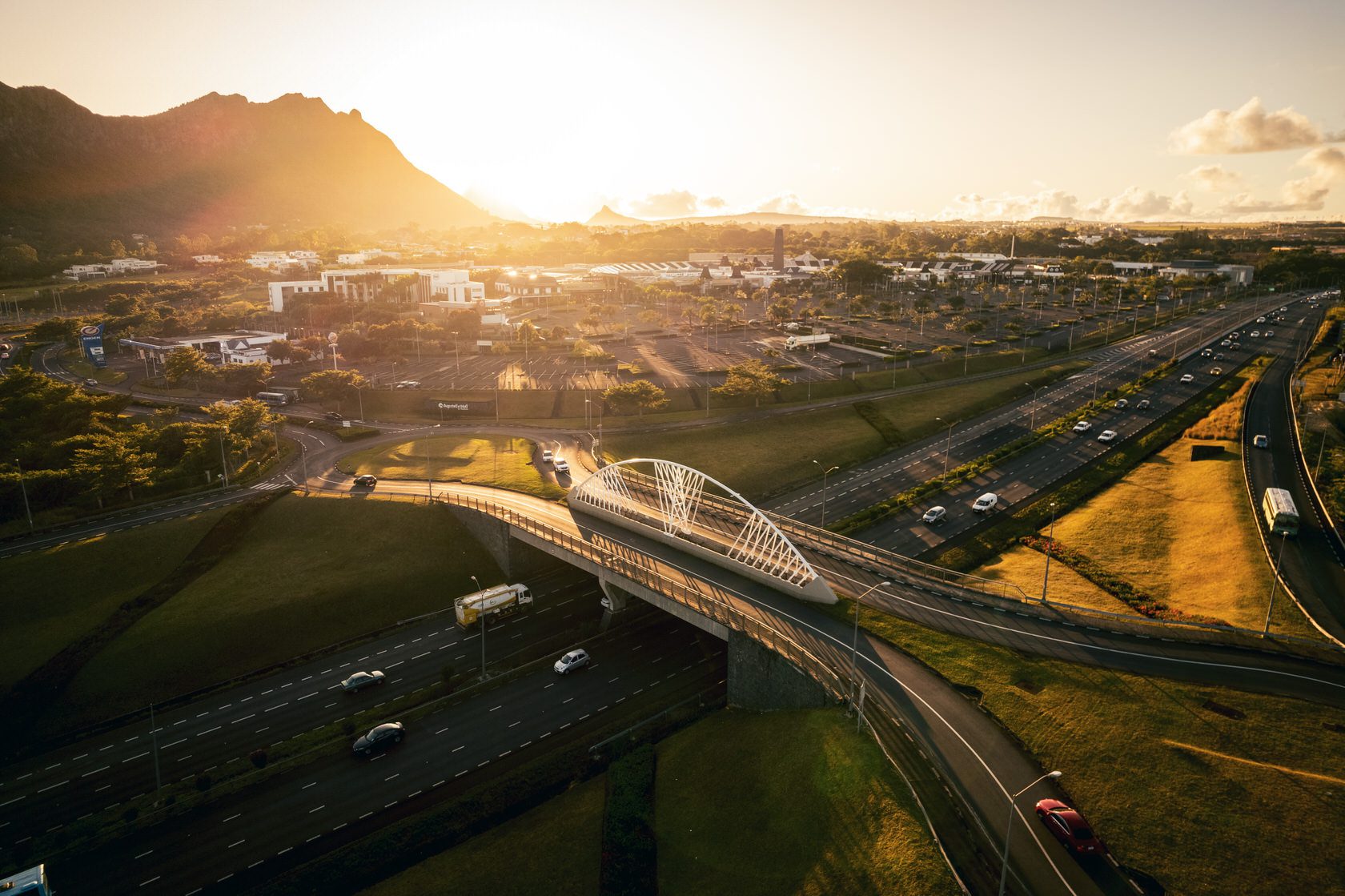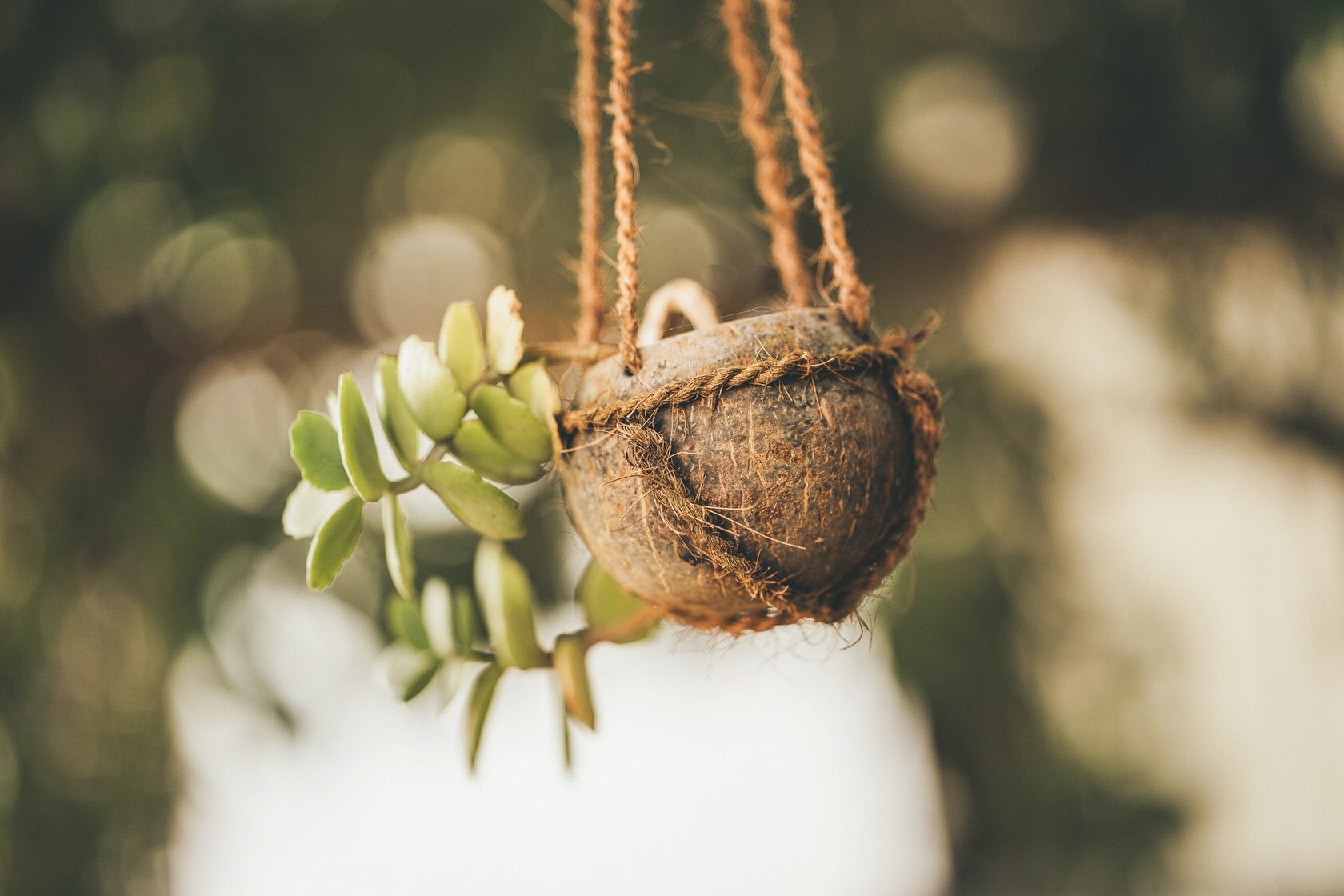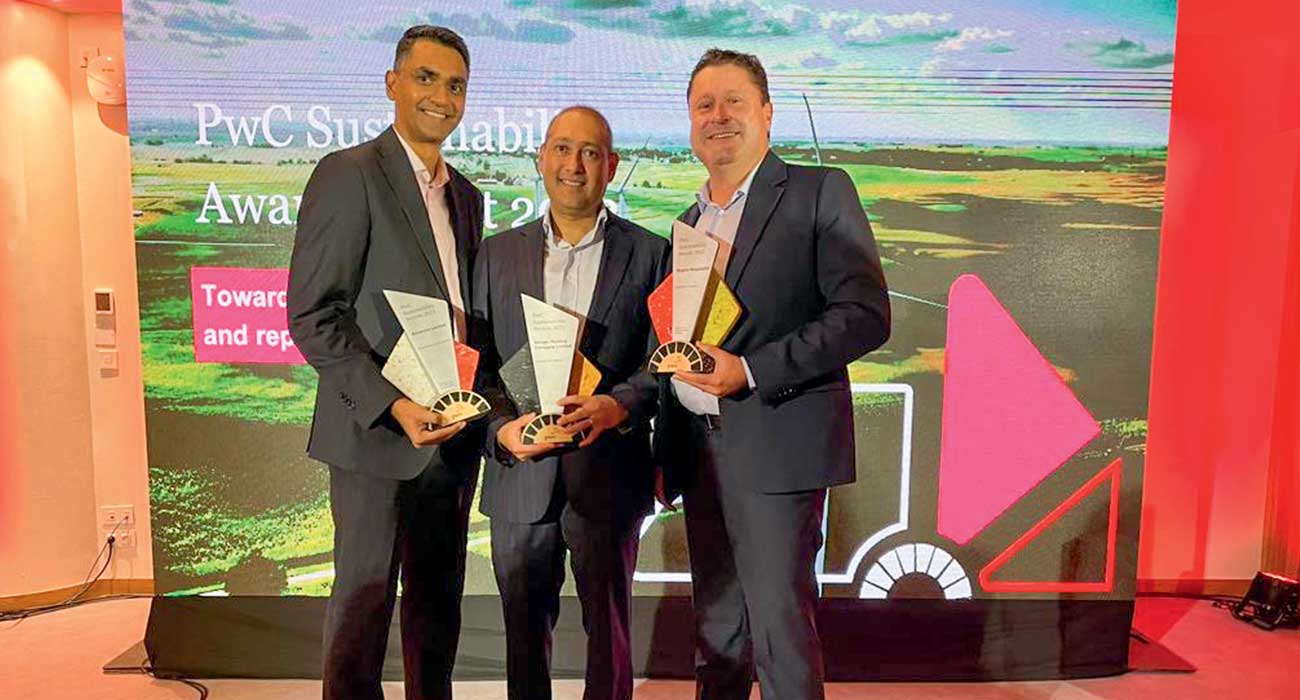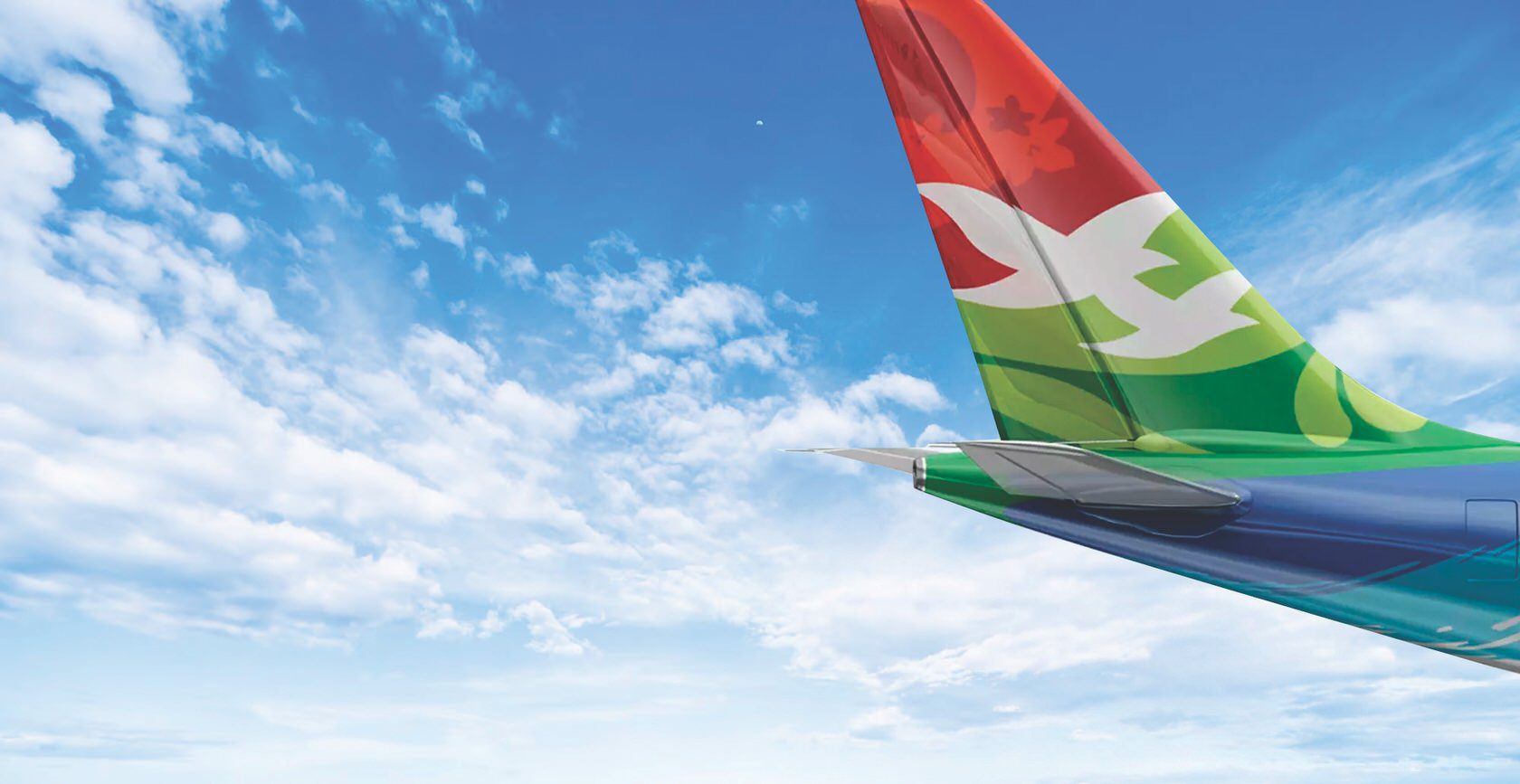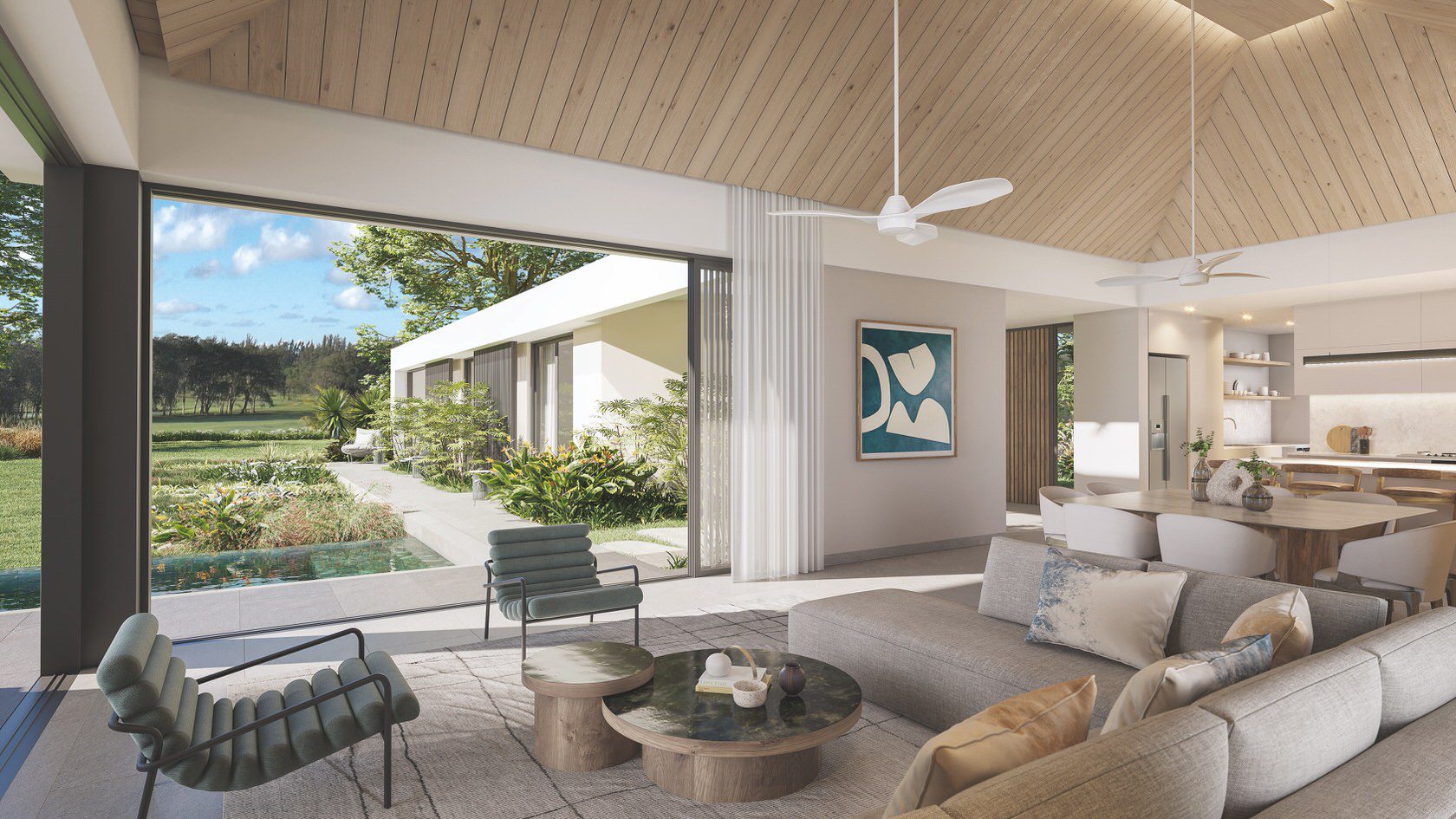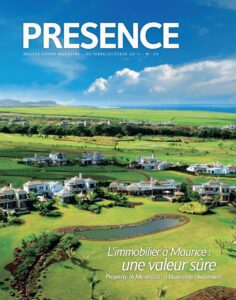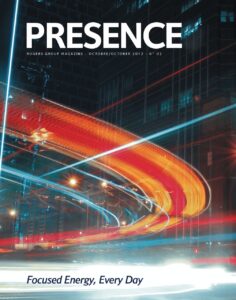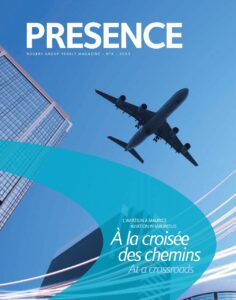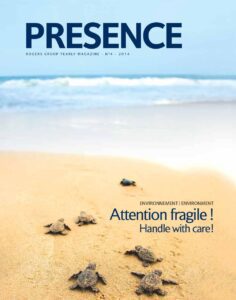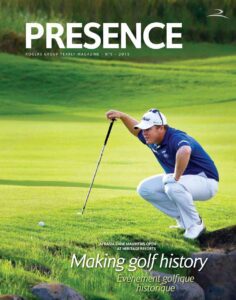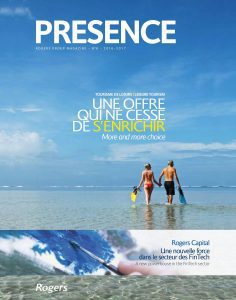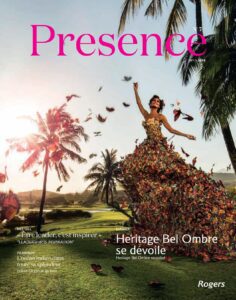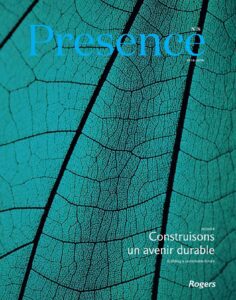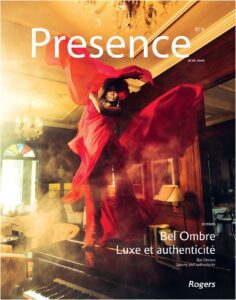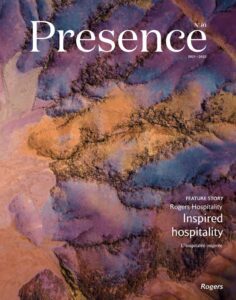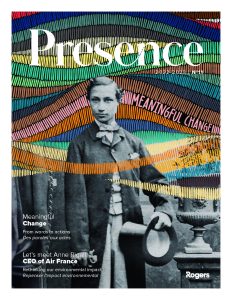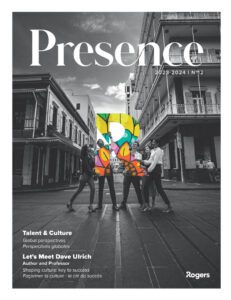“Mauritius is the refuge of travellers passing between East and West. Many of the visitors are talented people and I enjoy welcoming them whoever hey are.” The words Charles Telfair spoke 200 years ago perfectly summarise the pleasure we had in receiving each of our guests from 7 to 10 May last at Bel Ombre.
We welcomed them first in Mauritius, and then at the Domaine de Bel Ombre, an enchanting place, with its unspoilt countryside and mountains to one side and the sea to the other, remote from the dysfunctions of the modern world. This land of Mauritius is where we’ve build bridges between Europe, Africa and Asia, leading to encounters over the centuries that have led to the people’s distinctive personality and a destiny that sets the country equally apart.
We Mauritians have maintained strong links with our countries of origin. Over the years, it even seems as if our first calling, our destiny, has been to bring unity to diversity. A mix of cultures from the four corners of the world has led to something quite unique, men and women who view the future with serenity and continually surprise by the interest they show in others’ well-being. Mauritians are full of a humanism, an empathy and an authenticity, appreciating the quality of the moment.
It’s not for nothing that Mauritius and its inhabitants have acquired a reputation for a savoir-faire which is far from insular. We have never cut ourselves off from the wider world and have remained very open to outside influences – and we’ve been like that well before people spoke about globalism and the ease of modern-day travel and communications.
There are moments that mark the lives of people and their country and some of those in the short history of our country illustrate its special nature. This year marks the 300th anniversary of the first arrival of the French here. Fifty years after that, in 1765, saw the Domaine de Bel Ombre emerge as a hub in the island’s social and economic life. From 1816 to 1833, the doctor, botanist and pioneering humanist, Charles Telfair, was the personal secretary of the island’s governor, Robert Farquhar. He was also honorary curator of the botanical garden in Pammplemousses from 1826 to 1829.
It was on the Bel Ombre Estate that Charles Telfair and his wife, Annabella Chamberlain, set up their main residence. Two years after his death, a world-famous visitor set foot in Mauritius. That was Charles Darwin who went on to become the founder of the theory of evolution. He was only twenty-two when he arrived here in 1835 – and it made a strong impression on him, not least for the island’s bilingualism. In his notebooks, he remarked that the island was more francophone perhaps even than Calais or Boulogne. He found the countryside to possess a “perfect elegance”. He was amazed by how clean Port Louis seemed and described the everyday life of the capital’s inhabitants in great detail. By the time he left, his notebooks were full of his observations.
That was in the 19th century. The start of the 20th century saw the arrival of a similarly iconic figure, whose impact was to be universal. Coming from South Africa en route for India, Mohandas Karamchand Gandhi, the future Mahatma, landed in Mauritius in November 1901. After spending fifteen days meeting Mauritians and the British authorities, he delivered a message to local people – your future lies in investing in education and remaining united, a message that remains as valid a hundred years later as then.
Another eminent visitor was to set foot here 99 years later – Nelson Mandela. He reminded us that Mauritius is part of Africa and that, without national solidarity, no people can build a future.
Darwin, Gandhi and Mandela – three giants on the world stage all came to this small island. What could be more auspicious for a country seeking to build nationhood!
The Domaine de Bel Ombre was one of three sugar estates to be set up in 1765, during the French period. Since then, the estate and its inhabitants have seen a multitude of developments. In 1971, the Rogers Group, then run by Amédée Maingard, purchased a majority stakeholding in the Compagnie Sucrière de Bel-Ombre. However, by 1999, the estate’s sugar activities had become unsustainable and it ceased operations.
”It's very much the first time in the country's history that an event has given us such widespread visibility. It will go down both in golf's and the country's history books.”
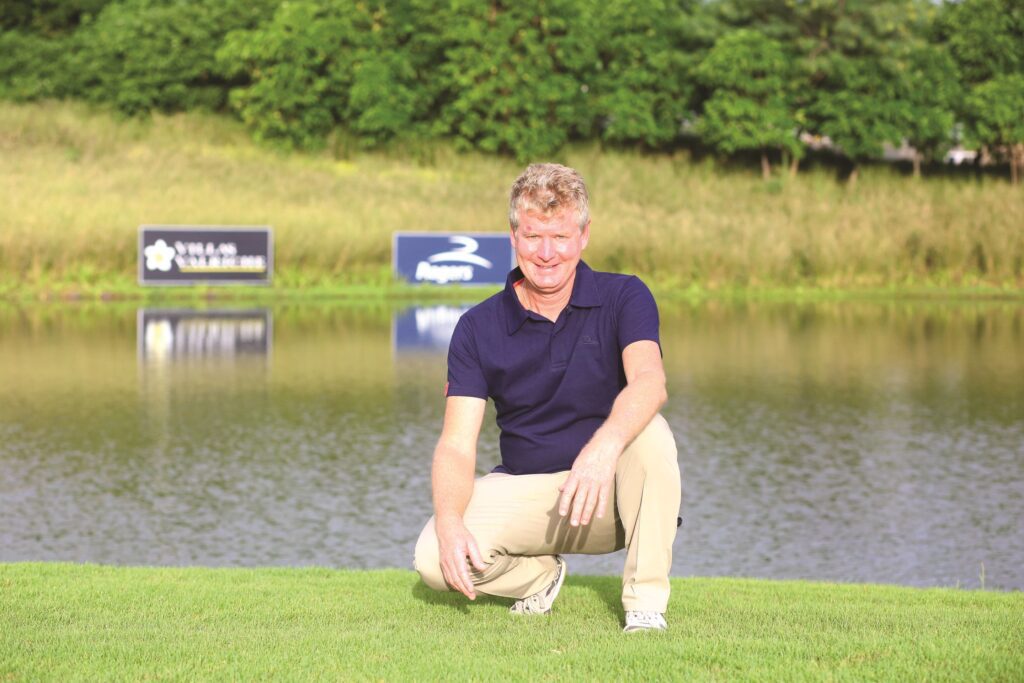
From 2001 to 2011, the company was administered by the ENL Group. It was under the leadership of its CEO, Hector Espitalier-Noël, that an alternative other than just agriculture was identified. It was driven by
the ENL Group and the then Minister of Tourism, Nando Bodha, with a vision of development that would offer a fresh future to the those living in the South-West. Whilst the Domaine de Bel Ombre celebrates this year its 250th anniversary, its conversion into a vast leisure area only dates back a decade. Today, the estate employs 3,000 people and, with its 150 villa owners and some 30,000 visitors each year, Heritage has firmly established itself as a recreational zone, unique on the island. As well as the tens of billions of rupees invested in the development, businesses operating in the region give those working here a decent livelihood and bring into the country an ever-increasing flow of foreign currency. Against the background of the island’s and Bel Ombre’s rich history, the presence of our guests was also a first and very much in line with our national ambition to become “The Star and Key of the Indian Ocean.”
After only ten years involvement in golfing and sporting tourism, Bel Ombre continues to follow what seems to be its destiny, bringing together what should be brought together. For the first time, golfers from the professional tours of Europe, Southern Africa and Asia met in the same place, giving legitimacy to Mauritius’ wish to be a bridge between the continents. If the great friendship that built up during the event is anything to go by, we were right to innovate by organising this tri-sanctioned tournament. International tours are divided into regions and this was the first time in golfing history that the three major tours – European, Sunshine and Asian – came together for an event.
This was all only possible because we were able to involve a host of local private and public sector forces – the AfrAsia Bank (joint organiser of the event with the Rogers Group), Heritage Resorts and its teams who provided impeccable support, the Mauritius Tourism Promotion Authority, the Mauritius Golf Federation, the Compagnie Sucrière de Bel Ombre, Air Mauritius (the national airline), Anahita, Villas Valriche, the Land Rover-Jaguar Group and the many sponsors who seized the opportunity to be associated with this major event. Together, they made an unprecedented sporting event possible and helped us achieve a considerable impact both locally and internationally.
Aware of the event’s importance and significance, so much more than just a golf tournament, the media provided global coverage. Over forty TV stations from around the world broadcast the tournament, watched in 265 million homes. It’s very much the first time in the country’s history that an event has given us such widespread visibility. It will go down both in golf’s and the country’s history books.
Ever since the days of the Spice Route, Mauritius has been a crossroads and a lively mix of past and future. From those days onwards, seafarers have described the island as an exceptionally welcoming place, a small island with a big heart, which has remained open and progressive in a spirit that allows all those who live here or even just visit to feel positive about our future prospects.
Philippe Espitalier-Noël
Chief Executive Officer
Rogers & Co. Ltd

